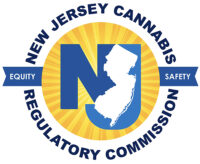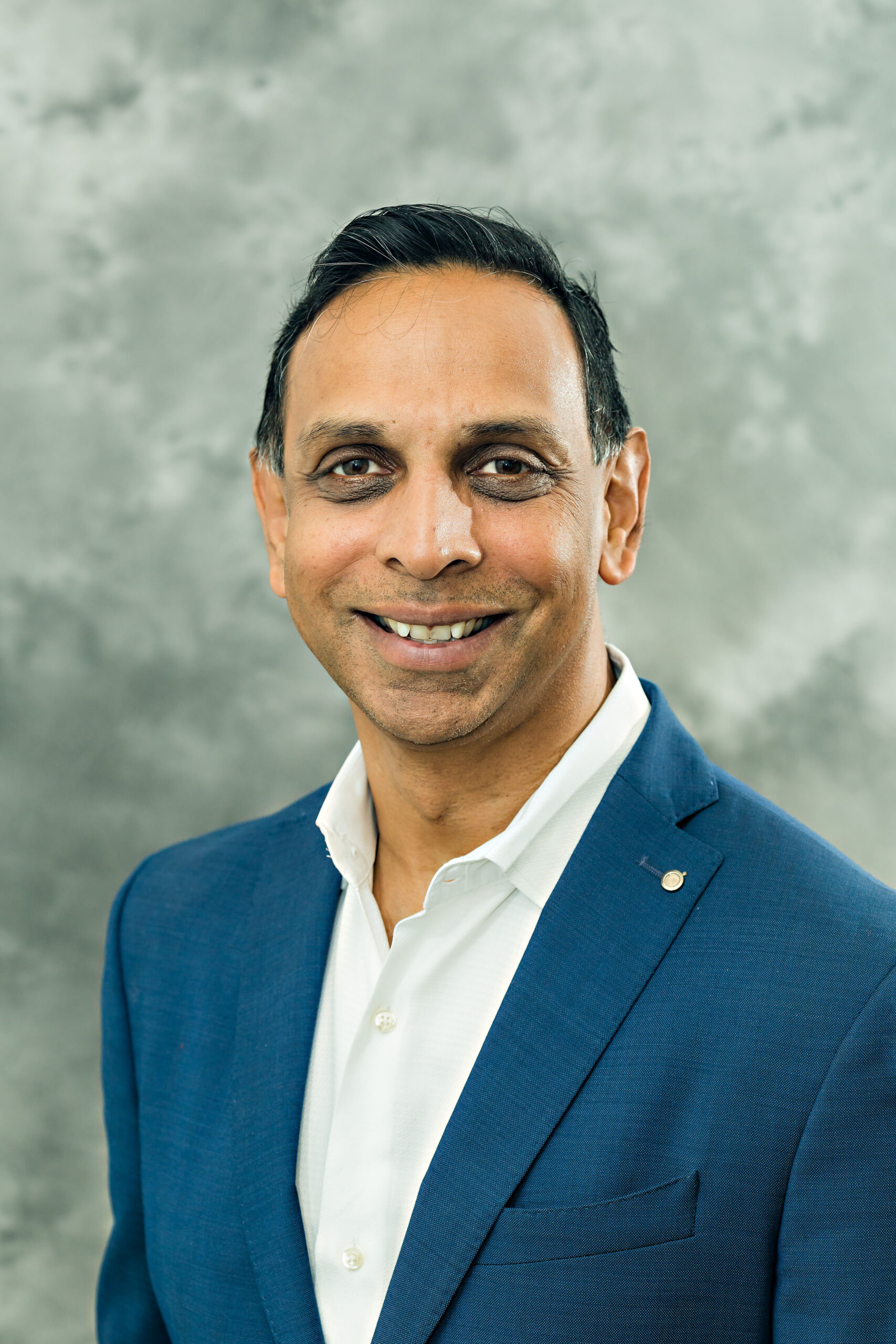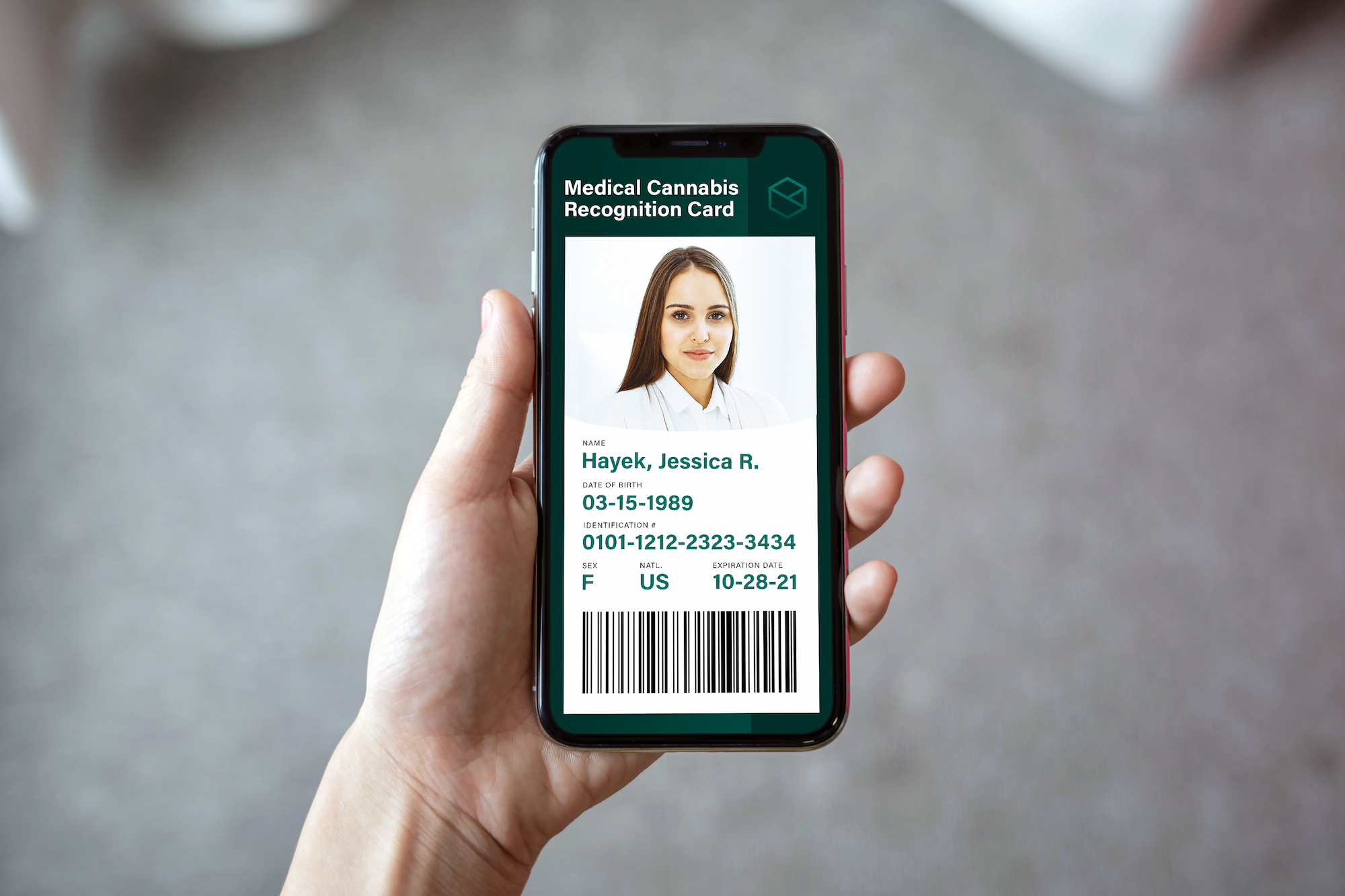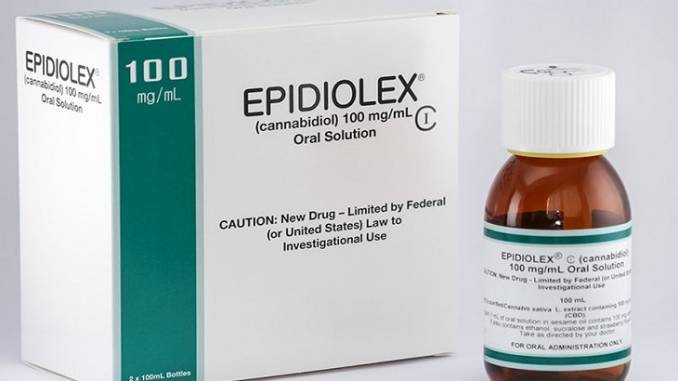On January 10, 2023, Connecticut joined those states in our union that have opened their doors to adult use cannabis sales. Seven dispensaries stepped through those doors and by January 31, Connecticut had recorded $5.1 million in adult use sales, plus an additional $8.2 million in medical sales for a total of $13.3 million.
Like other states now embracing adult use, Connecticut has enacted a strong social equity program, with mixed results so far. Also, perhaps more than any other state, Connecticut has committed to protecting its existing medical cannabis patients and has put in place various mechanisms to guard their access to cannabis.
Slow Roll-Out of Retail Cannabis Licenses
Like other recently-legal states, Connecticut’s rollout of its retail licenses has not been rapid. The state’s initial goal has been to issue twelve retail licenses by lottery, with six reserved for social equity applicants. Also, the eighteen already-operating medical licensees were given the option to upgrade to a hybrid medical-adult use license, a process separate from the lottery.

As of the end of February 2023, there appear to be only twelve current (approved to do business) retail licenses, with eleven of those twelve belonging to medical-adult use hybrids. The majority of the 39 retail licenses listed on the state website are still in the provisional phase, which allows them to “work toward securing a final license.”
Connecticut Social Equity
Connecticut has committed to a robust social equity program and provided an early application opportunity for social equity applicants ahead of non-social equity applicants. In addition, the Nutmeg State has reduced fees for adult-use licenses by 50% for Equity Joint Venture applications, which is where investors agree to partner with a social equity applicant. Further, the state has eliminated 43,754 low-level cannabis convictions.
Connecticut’s social equity requirements are less rigorous than those of neighboring New York and New Jersey, which may provide additional entry opportunities for both in-state and out-of-state entrepreneurs. Connecticut defines a social equity applicant as requiring that at least 65% of a business be owned by an individual with less than 300% of the state median household income in the past three tax years. Since the median household income was $79,855, that individual would need to have earned less than $239,565 annually.
Subversion of the Lottery Process
The lottery for the six initial social equity licenses was held in May 2022 followed by the lottery for the initial six general licenses, which took place in September 2022. Both were administered by a professor and department head at the UConn School of Pharmacy (the state law stipulated the lottery operator must be part “of the state system of higher education”).
15,605 applications were received for both lotteries. Unfortunately, many of the winning applicants flooded the lottery system with hundreds of applications, spending hundreds of thousands of dollars to do so. One example, SLAP ASH LLC, accounted for 850 of the 8,360 applications submitted to the social equity lottery, winning 2 provisional retail licenses. Another company, Jananii LLC, spent over $200,000 to submit 807 entries, receiving one provisional retail license. “There were individuals applying for licenses who submitted 50 applications or more to enter the lottery,” said House Majority Leader Jason Rojas, D-East Hartford. “That wasn’t our intent.” Rojas and others are looking at other options for the next lottery to try and combat the problem.
Protecting Medical Cannabis Patients
Perhaps what makes Connecticut’s adult use cannabis program most unique is its outsized commitment to protecting medical patients’ continued access to cannabis. Concerned that adult use sales wouldn’t leave enough supply for patients, the state mandated a cap of ¼ ounce of cannabis for all adult use purchases. Lieutenant Governor Susan Bysiewicz commented that this action emphasized the importance of “not losing sight of a very robust medical program.”

With the recent strong sales of adult use cannabis, however, patients have expressed concern about access, and now the Nutmeg State is considering further action. A bill is being considered in the state legislature which would create a state cannabis ombudsman. This individual would act as a liaison between patients and the state and would, in effect, be there to put pressure on the four licensed growers. These cultivators are required to submit a medical cannabis preservation plan to “ensure against supply shortages of medical marijuana products” and are in many ways responsible for continued patient access to cannabis.
Licensing Fees
Connecticut lottery winners’ license fees will vary from $1,000 for a micro, to $25,000 for a retail, to $75,000 for a cultivator, subject to a 50% reduction if the applicant is deemed social equity. However, once the field is open to regular applicants, the fees will become sizeable.
Retail license fees will be $1 million and cultivation license fees will be $3 million, and even with a 50% reduction for an Equity Joint Venture application, the investment will be significant. The $1 million fee also applies to any existing medical dispensary that wishes to convert to a hybrid license without going through the lottery process. The four existing cultivation companies that wish to service the adult use market and avoid a lottery process will have to pay the $3 million as well.
Tax Issues
Connecticut cannabis-businesses are obligated to pay a sales tax of 6.35%, a gross receipts tax of 3% and a privilege tax of $0.00625-$0.0275 per mg of THC, depending on the item. Other than New York, Connecticut is the only state to have a tax based on the potency of the cannabis product.
Federal Tax Subject to Section 280E
On the federal level, cannabis businesses are subject to Internal Revenue Code Section 280E, which disallows deductions and credits for expenditures connected with trafficking in controlled substances under the Controlled Substances Act, schedule 1 or 2. As cannabis is a schedule 1 drug, cannabis companies are only permitted to reduce their sales by cost of goods sold when determining their taxable income. By example, a cannabis dispensary would only be allowed to deduct the cost of the product purchased and the cost to transport the product to the dispensary, while disallowing such significant expenses as rent and payroll. All cannabis businesses must forgo expense deductions related to selling, general and administrative expenses, as they are disallowed under the tax code.
While some states like California have not conformed to 280E and allow their cannabis businesses the same deductions as other businesses, Connecticut is not one of those states. Personal income tax starts with Federal Adjusted Gross Income while corporate income tax starts with Federal taxable income as reported on line 28. There are no provisions that say Section 280E does not apply. This will mean a significantly heavier state tax burden for cannabis businesses.
Labor and Employment Issues

Cannabis is expected to fuel significant employment growth in Connecticut, and experts project more than 11,000 cannabis jobs will be added once the market reaches full capacity. These jobs are expected to include full time and temporary positions in all cannabis verticals: cultivation, manufacturing, distribution, retail, marketing, testing, finance, accounting, legal, compliance and C-suite.
As part of its social equity program, the state has made it clear it would like to see cannabis businesses employ individuals from those communities that have been disadvantaged by the war on cannabis. Connecticut has also made it a requirement that every approved licensee enter into a “labor peace agreement” with a labor union, and that such an agreement shall be an “ongoing material condition of licensure.”
The state is focused on maintaining quality control on all aspects of its adult use cannabis businesses, including the people involved. Licenses are needed for all cannabis employees along with a special license for key employees in managerial positions. Additionally, financiers must be licensed, with a Backer license required for individuals with direct or indirect financial interests in a cannabis establishment totaling 5% or more.
Connecticut cannabis employees must be pre-trained through the state’s Social Equity Council. The state also requires that each license recipient have a workforce development plan approved by the Council “to reinvest or provide employment and training opportunities for individuals in disproportionately impacted areas.”
In Summary
No adult cannabis state has come close to having a smooth opening for it adult use sales program, and Connecticut is no exception. With well-funded groups gaming the license lotteries and medical patients concerned about their continued access to cannabis, the Nutmeg State has its work cut out for it. But with its strong commitment to social equity and its outsized commitment to protecting its medical cannabis patients, Connecticut can serve as a role model for compassionate cannabis capitalism. 2023 will reveal how the state rises to its challenges and matures its cannabis marketplace.






































